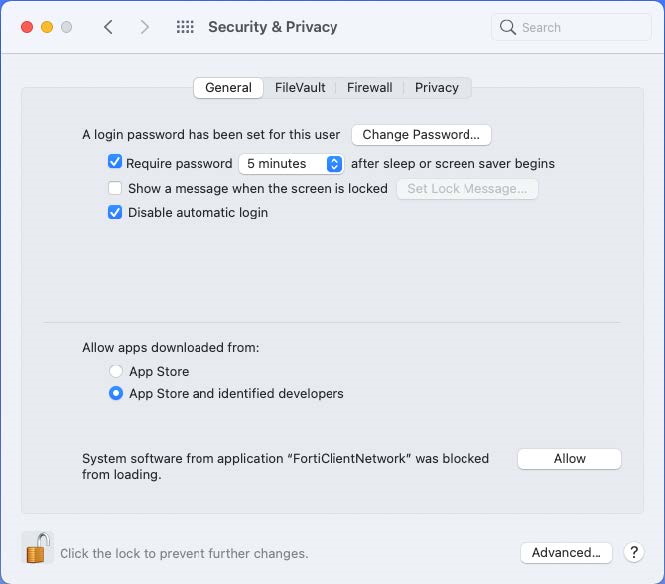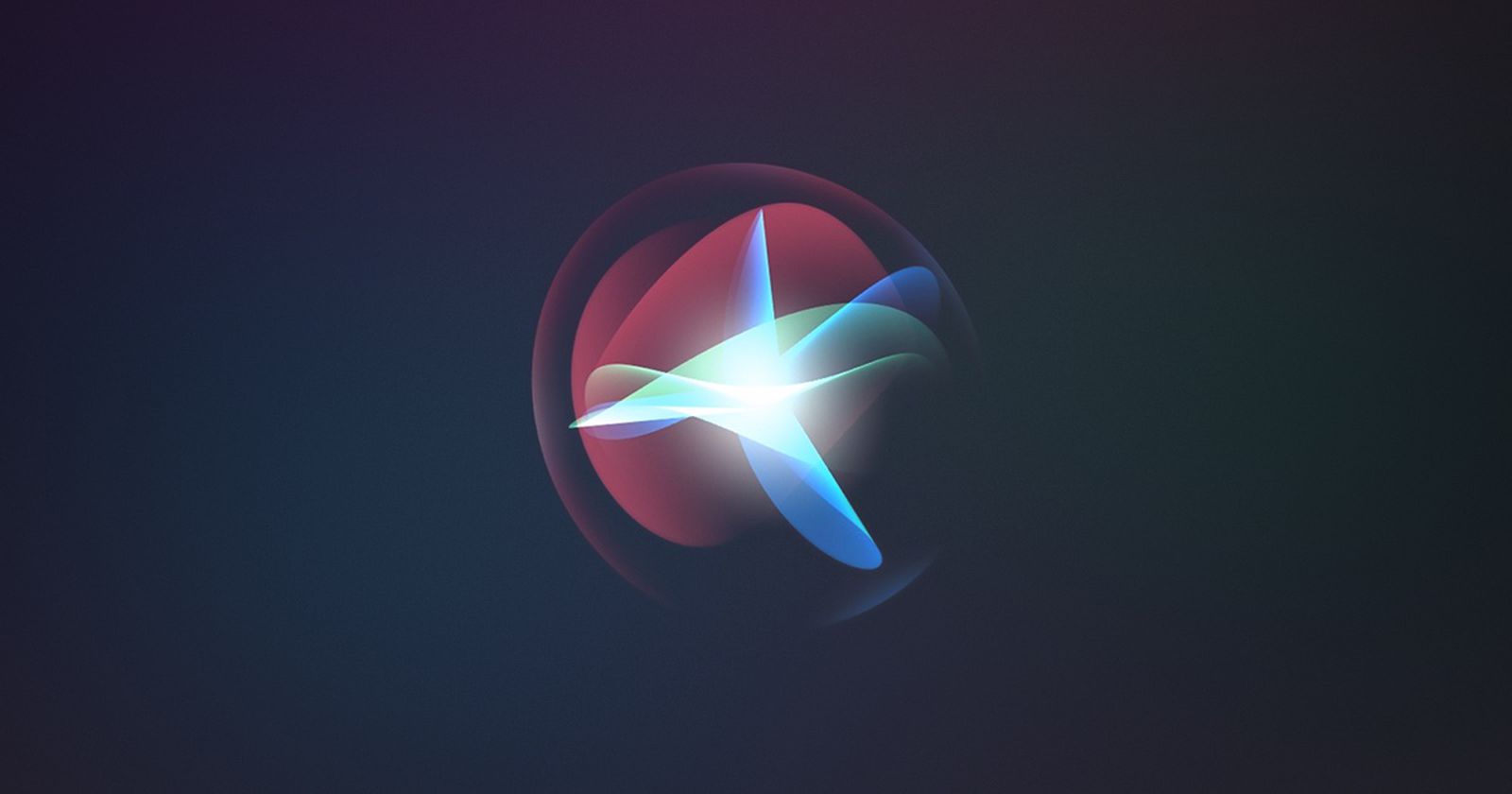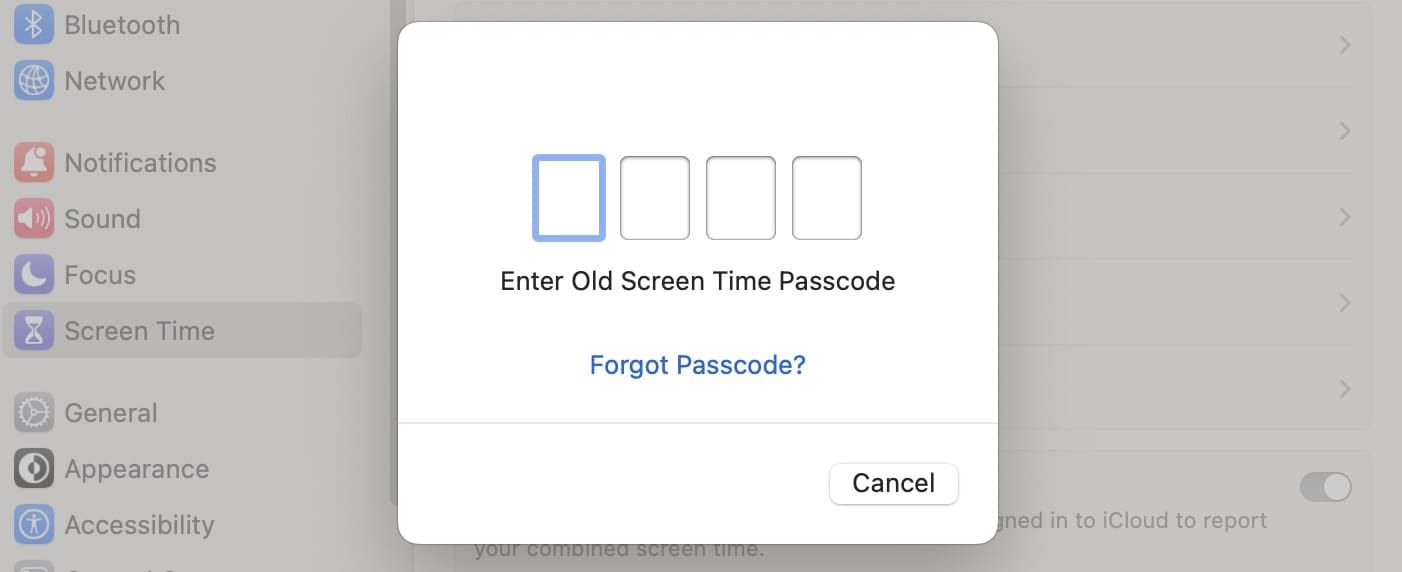

In the Finder window, right-click the copy of Big Sur you downloaded and select Show Package ContentsĦ. In the Terminal window, type Sudo and then press the Space barĥ. Click the Spotlight icon and search for TerminalĤ. Whichever format you choose, it will need to have at least 16GB of space and ideally a little moreģ. If you already have a USB drive, however, you can use an adapter to convert to USB C. Many new Macs only have USB C ports, so if you’re buying one for this task, choose that format.
#Downgrade mac os how to
Here’s how to create a bootable USB drive:ġ. If it didn’t, you’ll need to download Big Sur and create a bootable copy. If this is the case, skip the next section. If your Mac came with Big Sur preloaded, you’ll be able to return to it using internet recovery mode.

#Downgrade mac os install
Create a Bootable macOS Big Sur USB Install Drive
#Downgrade mac os upgrade
If the data on your Mac that you want to backup exceeds this you will either need to delete unwanted files or pay Apple to upgrade to a larger iCloud capacity. Apple gives users 5GB of iCloud storage as standard. Tick anything else in this list you might want to include in the rest of the list To also backup your documents and items on your desktop click the Options button next to iCloud DriveĨ.

Tick any of the boxes underneath that you wish to have backup upĦ. Enter your Apple ID and password if prompted to do soĥ. Click on iCloud or Apple ID on newer versionsģ. Go to the Apple menu and choose System PreferencesĢ. If you aren’t worried about backing up your app settings and are just concerned about documents, photos and videos, you can back your files up to iCloud:ġ.

However, if you find that some of your favourite apps aren’t working or your Mac is running too slow, you might be thinking of going back to Big Sur. Since Apple’s new operating system macOS 12 Monterey launched on the 25th of October 2021, many Mac users have instantly downloaded it.


 0 kommentar(er)
0 kommentar(er)
